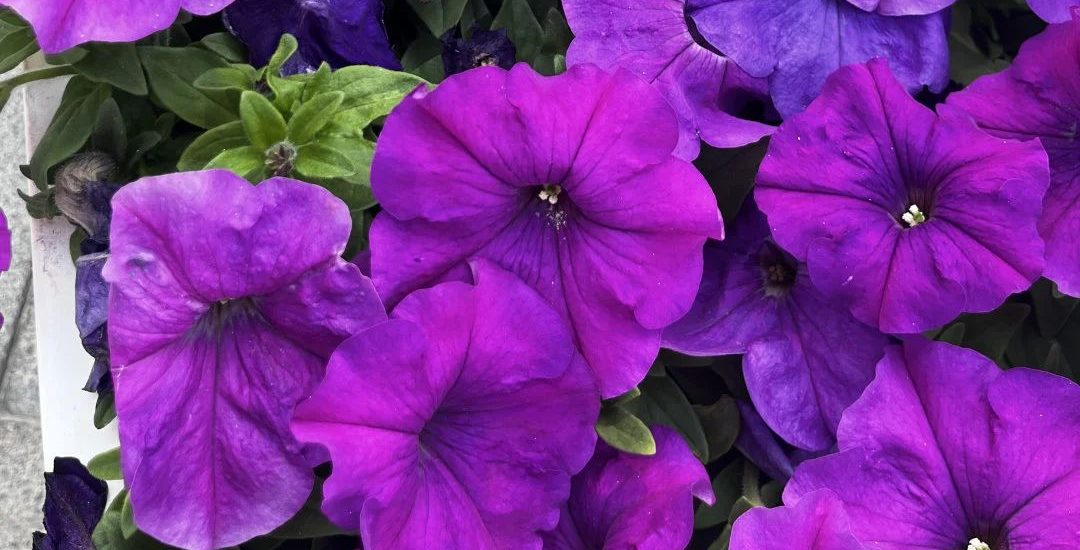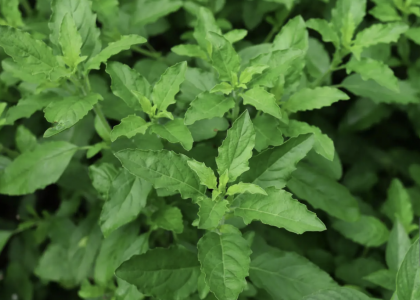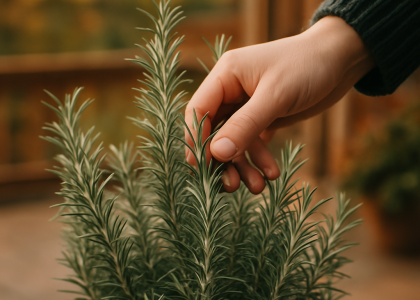Lush leaves, lavender blooms, and a name that means “mile-a-minute"—this vine grows as quickly as it wins your heart. Whether it wraps around your sun-drenched trellis or spills joyfully over your balcony railing, it's a visual delight and a low-maintenance champion.
What Is Ipomoea cairica?
Common names: Mile-a-minute vine, Railway Creeper, Cairo Morning Glory
Botanical name: Ipomoea cairica
Plant family: Convolvulaceae (same as Morning Glories)
This fast-growing climber is native to tropical and subtropical regions but has made its way into gardens around the world thanks to its easy care, ornamental beauty, and abundant blooms.
What Does It Look Like?
- Flowers: Funnel-shaped, typically lavender to violet with darker throats. Blooms resemble morning glories and open in early morning light.
- Leaves: Palmate (hand-shaped), deeply lobed with 5–7 segments, bright green and soft to the touch.
- Stems: Thin, flexible vines that twine rapidly around trellises, fences, or other plants.
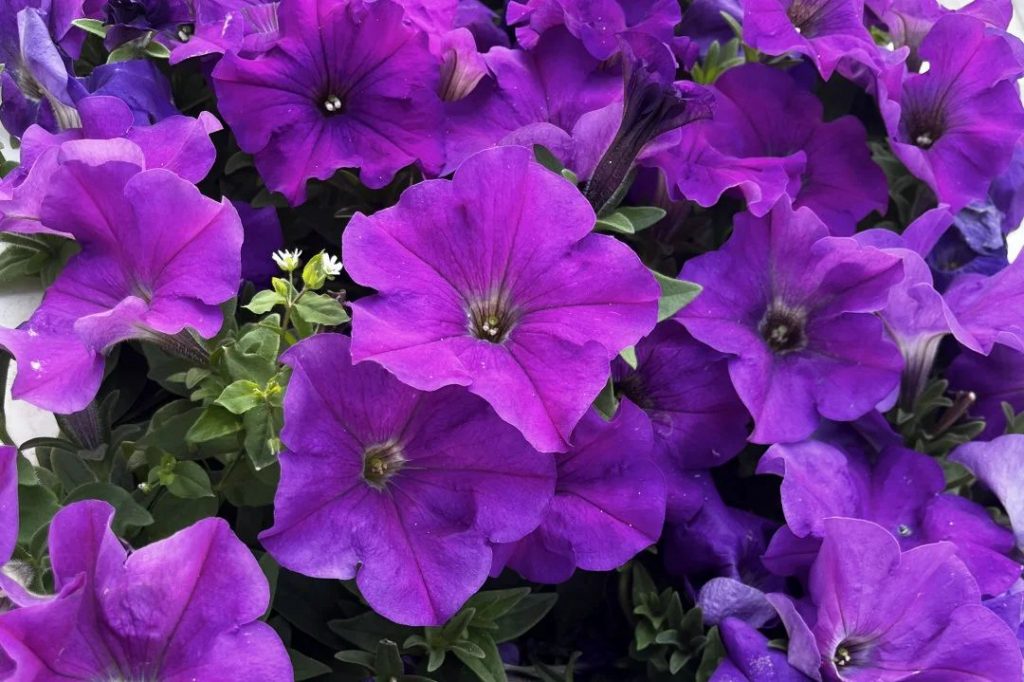
How to Grow Ipomoea cairica: A Fast-Climber's Care Guide
| Element | Requirements |
| Sunlight | Full sun (6+ hours daily) |
| Temperature | Warm climates (USDA Zones 9–11); protect from frost |
| Soil | Well-draining, slightly acidic to neutral pH (6.0–7.0) |
| Watering | Moderate; drought-tolerant once established |
| Support | Trellis, arbor, wall, or fence |
Propagation Tips for Fast-Climbers: Multiply the Magic
From Cuttings:
- Take 4–6 inch stem cuttings with at least 2–3 nodes
- Remove lower leaves and dip in rooting hormone
- Place in moist potting mix or water until roots appear (~10–14 days)
- Transplant when roots are at least 2 inches long
- Gardening Tip: Pinch the tip of the cutting after transplanting to encourage lateral growth.
From Seeds:
- Sow directly after last frost
- Germinates in 7–10 days
- Soak seeds overnight to boost sprouting success
Ornamental, Culinary & Pollinator Benefits of Ipomoea cairica
In the Garden:
- Vertical accents for balconies, porches, fences, and archways
- Quick ground cover to shade soil or soften garden edges
- Living privacy wall for patios and decks
Eco & Pollinator Friendly:
- Attracts bees, butterflies, and hummingbirds
- Helps control erosion on slopes and embankments
Herbal & Symbolic:
- Occasionally used in folk medicine (consult before use)
- Represents wild joy and resilience in many cultures
Ipomoea cairica vs. Morning Glory: What’s the Difference?
| Feature | Ipomoea cairica | Common Morning Glory (Ipomoea purpurea) |
| Leaves | Deeply lobed, palm-like | Heart-shaped |
| Bloom pattern | Continuous throughout season | One-time daily bloom per flower |
| Growth speed | Very fast (mile-a-minute) | Fast, but slower than cairica |
| Invasiveness | More aggressive in warm zones | Easier to manage |
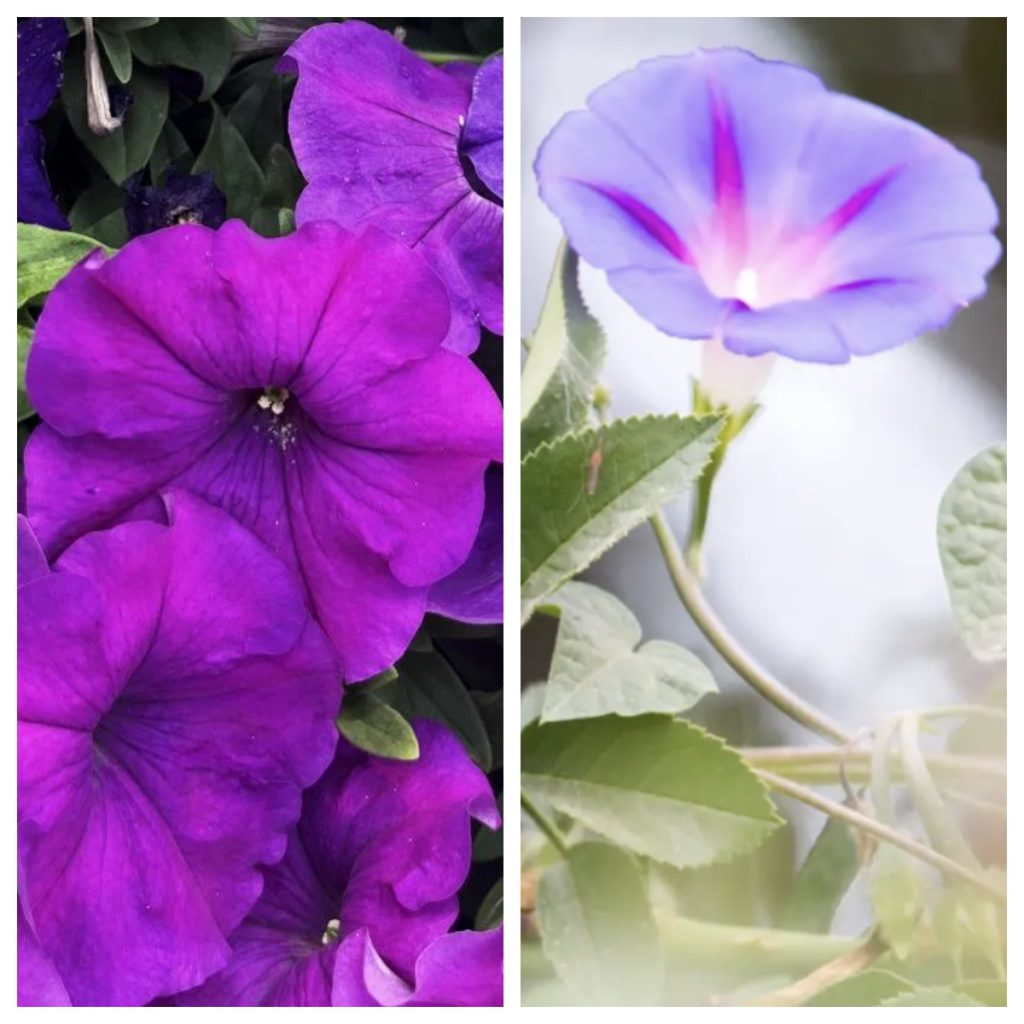
Popular Forms to Grow
- Variegated-leaf forms (green and white)
- Paler-pink hybrids (nursery limited)
- Dwarf container-compatible selections
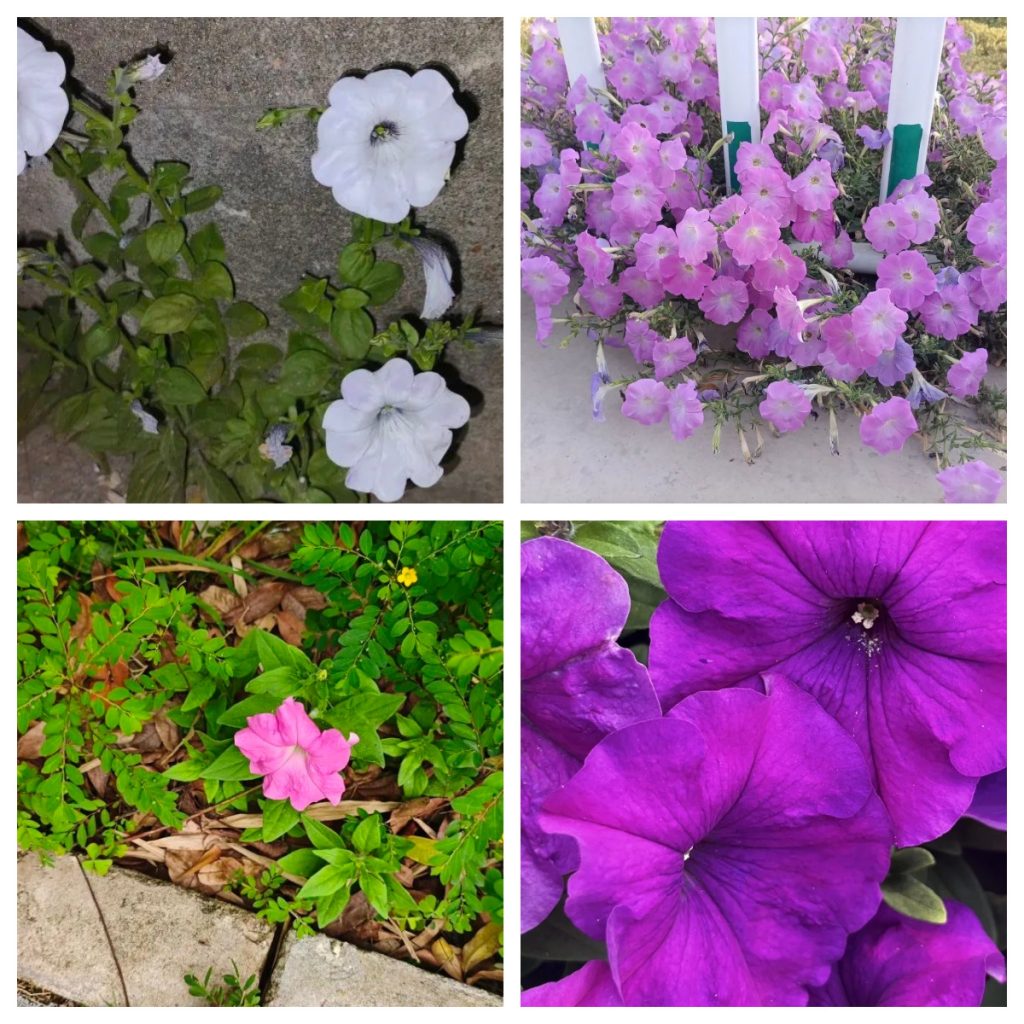
Where to Grow It: Everyday Settings
- Cover a dull garage wall or tool shed
- Wrap around an old metal garden arch
- Flow down from a second-story balcony
- Pair with white picket fences for cottage-garden charm
- Edge a vegetable patch to bring in pollinators
FAQ: Answers for Gardeners
Q: Is Ipomoea cairica invasive?
A: Yes, in warm regions it can become invasive. Prune monthly and avoid planting near native forests.
Q: Can I grow Ipomoea cairica in a pot?
A: Yes—choose a container at least 12" deep with strong vertical support. Water more frequently than ground-grown.
Q: Best trellis ideas for Ipomoea cairica?
A: Bamboo teepees, A-frame wooden arches, or DIY wire walls all work beautifully.
Q: Is it pet-safe?
A: Mildly toxic if ingested. Keep out of reach of pets and children.
Q: How to control aggressive spread?
A: Install root barrier, cut back hard every 4 weeks, and remove volunteer seedlings.
Final Thought: A Vine That Gives More Than It Takes
Sometimes a garden needs boldness, movement, and spontaneity. Ipomoea cairica doesn’t just cover space—it tells a story of natural abundance.
Let it drape, twirl, and tumble. With just a little attention, it gives back tenfold: shade, softness, and seasonal magic.

